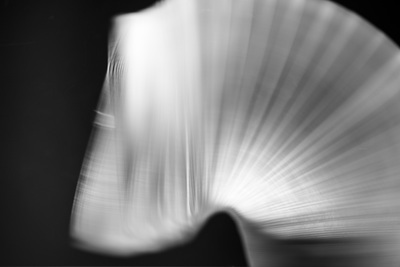Slinky the Reliable

Slinky Arch

Slinky Snake
I’m taking an introductory film photography class this term for a few reasons. One, I like the instructor; two, I want more darkroom time; three, I like seeing how “new” photographers deal with the concepts that are so familiar to me (depth of field, the exposure triangle, etc.). If I do go to art school, Introduction to Photography is likely a class I would teach. Getting a lot of early-level experience is really helpful to knowing where people trip up.1
However, since I’m in the class (and taking it for credit) I, uh, actually need to do the work. I’m finding this more difficult than I expected, mainly because I’m trying to make pictures that meet the assignment that are also interesting pictures.
The current assignment is “Motion” — stop motion, slowed motion, panning… stuff that’s all pretty easy to accomplish if the weather is decent, and is a pain to do if you’re stuck inside. Like I have been for the past week.. and need to have a roll to develop tomorrow…
I was trying all sorts of things: bean pours (like a beer pour, but with beans), fake waterfalls, bouncing balls… and nothing was working. Either I wasn’t able to make an interesting composition or I didn’t have the right sort of light to get the effect I wanted. In the end, I turned to my old friend Slinky.
Slinky is a wonderful subject — it can move, it can be still, it can look super abstract, and often all in the same image. The pictures here are digital; I’m hoping I have similar (or better!) ones on film.2
I suppose I’ll find out this week! 😉
-
I don’t get quite the same view as a teaching assistant for the class (having done it a few times), because I don’t attend the lectures or the critiques so my assistance is limited to technical issues in the darkroom. ↩
-
One thing I love about current-day photography is that I can make all sorts of test images before I “spend” my film. ↩